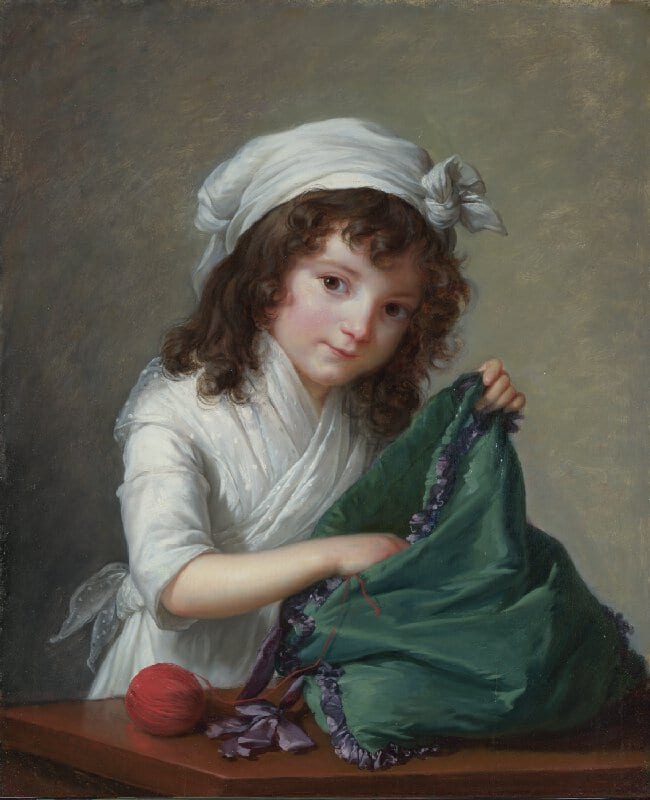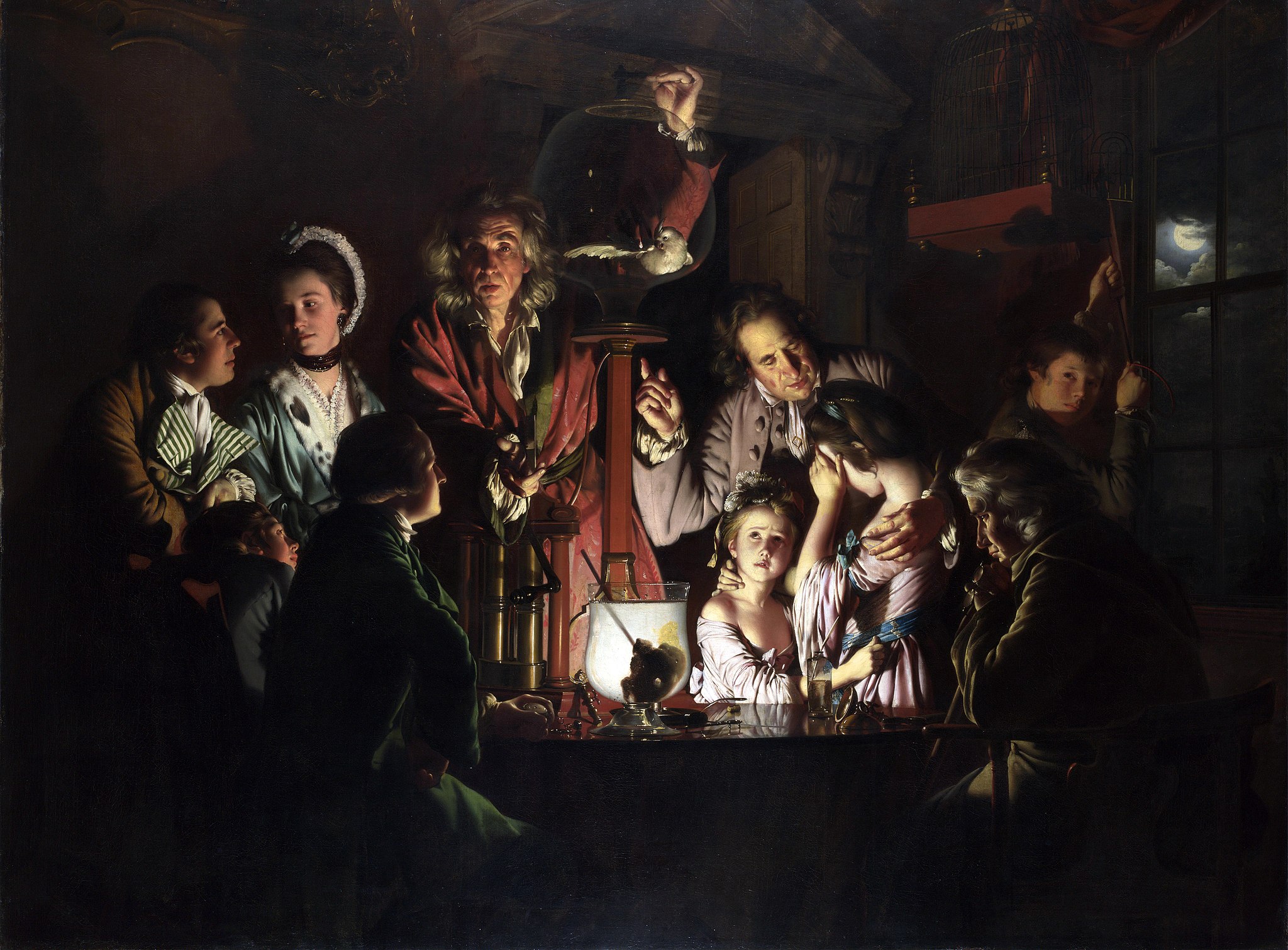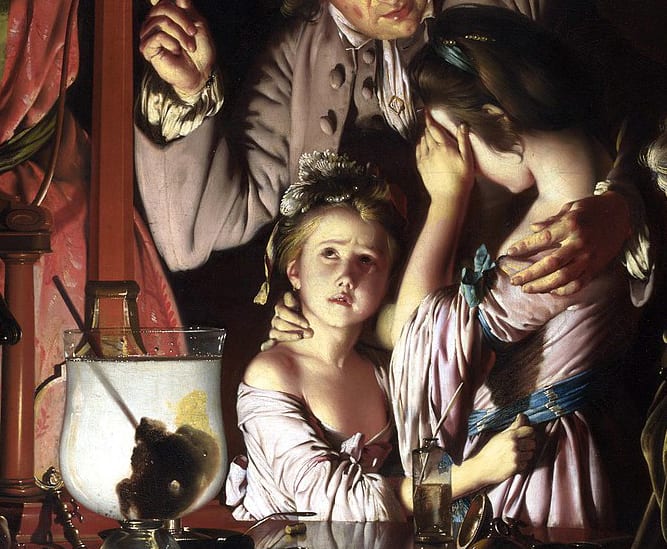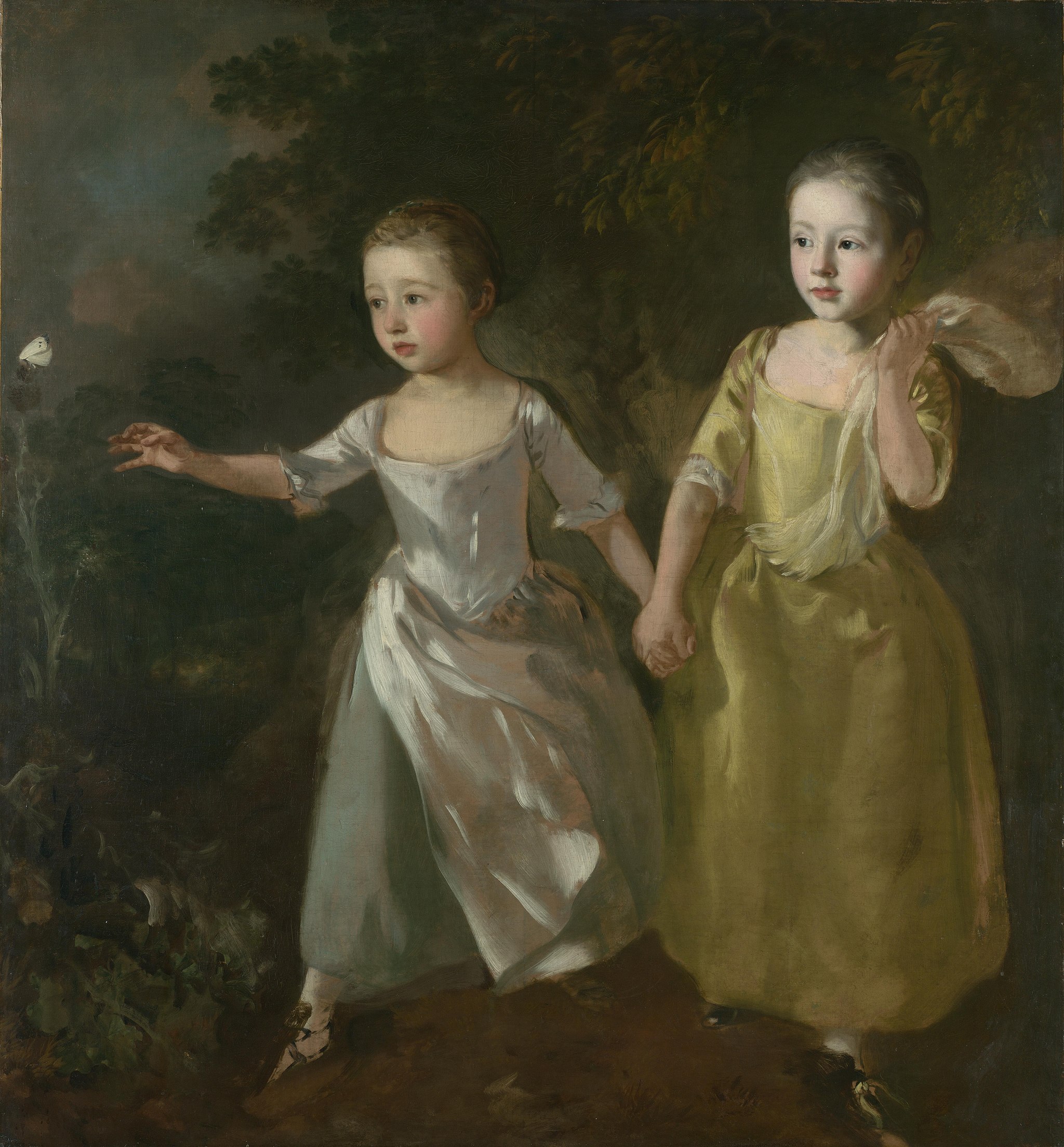
The central paradox of parenthood is that it feels repetitive—the same tasks and routines are rerun, the same mishaps sponged away—yet is also a whirl of new sensations. On the one hand: nappy change, tummy time, feed, burping, sleep, repeat. On the other: “She’s never smiled that way before”, “I swear she just said ‘Mummy’” and “Isn’t that the first time she’s sat up unaided?”
Plodding through familiar rituals, occasionally startled by evidence that my daughter Athena has made a cognitive leap, I think about the phases of parenthood yet to come. This means picturing future versions of her: aged three, trundling to nursery on a scooter, or six, wielding the scooter more assertively, or thirteen, not so keen on the scooter but eager to mock my taste in music and TV. In each case I picture myself with her, although in these vignettes I appear no older than I am now. I know why this is: thinking about her growing and developing makes me want to cling on to what remains of my youthful vitality, makes me want to be far more vital than I am, and requires me to deny the inevitability of decline.
Every so often I see an older child and find myself comparing it with the future Athenas that I’ve imagined. I’ve also caught myself looking at portraits of children with a new intensity: will she be like this, and, if she is, how will it make me feel?
A few days ago I was struck, for instance, by Elisabeth Vigée Le Brun’s painting of Alexandrine-Émilie Brongniart. Its subject, aged about seven, is rummaging inside a green sewing bag, from which a ball of red yarn has fallen. In retrospect this detail takes on extra significance; the painting dates from 1788, and within a year the French revolutionaries were extolling red as the colour of liberty.
“I’ve caught myself looking at portraits of children with a new intensity: will she be like this, and, if she is, how will it make me feel?”
Vigée Le Brun’s seven-year-old sitter is not exactly a fledgling rebel, but neither is she meek. She looks up at us with an expression of a sort usually described as innocent, yet it seems to me to involve more than that: she has been caught in a furtive act, and now she is keen to disarm the person who has caught her. It’s the smile that interests me most. Smiles were Vigée Le Brun’s specialism, and here she catches a look that’s one third playfulness, one third evasion and one third appeasement. It’s not a look I’ve yet encountered in the wild, but I’m certain that it’s coming. It is calculated to make us believe we don’t need to search inside the sewing bag—to tell us in the most modest way possible that, if we think we have stumbled on mischief, we are wrong. In other words, it’s the look of a person who has something to hide. Something small, no doubt—but her face says, “Why couldn’t you have come along five seconds later?”

Soon after studying the Vigée Le Brun, I paused for longer before Joseph Wright of Derby’s An Experiment on a Bird in the Air Pump (1768). It’s one of several pictures by Wright of experiments being conducted in candlelit domestic settings. Here, the intention is to demonstrate the science of pneumatics. Air is withdrawn from a glass chamber: inside it flutters a white cockatoo, which is being starved of oxygen. Perhaps the lecturer conducting the experiment will open the stopcock at the top of the chamber and allow air into it, in which case the bird will live, or perhaps the vacuum will be preserved and the bird will die. (In fact, in Wright’s day experimental devices of this kind had the stopcock at the bottom, not the top, so there’s a case for saying, contrary to what’s often assumed, that the bird isn’t really about to be reprieved.)

It used to be the lecturer who made the strongest impression on me. With his loose robe and wild hair, he appeared at once haunting and haunted. Was he challenging us to intervene, or making us feel complicit in his performance?
Now, though, I dwell on the two girls to his left (our right), whom I assume to be sisters. The younger one is transfixed by the experiment, even as she is horrified by the bird’s distress. Pinched by concern, she seems to age before our eyes. Her elder sister can’t bear to look, but the way she has averted her gaze suggests that at any moment she might steal another glance at the apparatus and the cockatoo. A man I take to be their father holds the elder girl, his left arm curving in embrace while with his right he gestures at the experiment. His role is dual: comforter and demonstrator, reassuring her that he is present and good-hearted, yet also that this is something she should witness.
I cast my mind forwards: I am caught up in showing Athena some object or phenomenon I’ve been confident she will benefit from seeing, which I now recognize I shouldn’t yet be revealing. Her expression lets me know I have made a mistake. I have introduced her to some hitherto unimagined corner of life’s cruelty, and she is upset three times over: that such things happen, that I have foisted this experience on her, and that this moment has attributes that, even as they trouble her, prove fascinating.

Thomas Gainsborough, The Painter’s Daughters chasing a Butterfly, c1756
Wright’s image of the two girls and the fluttering cockatoo puts me in mind of a painting that today hangs a short walk away from it. His near-contemporary Thomas Gainsborough, portraying his own daughters Mary and Margaret chasing a butterfly, captures the fleeting emotions of childhood curiosity, the delicate business of seeking knowledge and the silky elusiveness of that knowledge.
The butterfly is an image of impermanence, fragility and transformation, and looking at this specimen I’m reminded of my own wonder, aged four or five, at the dreamy, careless lightness of the creature’s flight and the drama of its life cycle. I used to tick off sightings—red admiral, peacock, small white, tortoiseshell, comma—and sometimes I’d pursue one, with no real design of catching it. Athena will see fewer butterflies than I did, and as I weigh this sober thought I suppose that she will know fewer languid afternoons than I did, too.
“I now can’t remember how I reacted to these paintings before I became a father”
Six-year-old Mary clasps the hand of her sister Margaret, who is four or five. Both girls are concentrating, yet their eyes tell different stories. Mary has a self-conscious poise, and it seems that even as she’s in pursuit of the butterfly she recognizes the folly of her actions. Margaret looks anxious and intent, reaching after the butterfly without any such self-consciousness. Will she catch it? If she does, she’ll surely crush it. Wait, though: the butterfly is sitting atop a thistle, and the angle of its wings suggests it may already be dead. Could it be that Mary knows this and Margaret doesn’t? It’s an extraordinary vision of growing up—the brevity of life, the transience of its moods. And when we look beyond the girls in the foreground, we can see that a storm is closing in.
I now can’t remember how I reacted to these paintings before I became a father. Only one of them includes a parent, but each seems to activate my parental zeal, an attentiveness that’s somewhere between avid and febrile. As it happens, all three hang in London’s National Gallery, and they loom large in my mind because I’ve idled away so many hours there. Already I can imagine wandering through the gallery’s rooms with Athena. I can imagine asking her what she thinks and being eager for her to ask me what I think. I can imagine her laughter—”Daddy, that’s so weird”—and the different looks that will play across her features: bemusement, outrage, cautious agreement, studious disagreement, affectionate indulgence and, I hope, joy. But I am getting ahead of myself: she can’t yet talk or walk, and as I write these words there’s a trill of delight from the other side of the room that tells me I need to fetch a muslin and a baby wipe.





